Newsletter - May 2019

Brazil is the eighth largest economy in the world and, paradoxically, is in a pale 69th place in the Global Innovation Index produced jointly by the Cornell University, Insead and the World Intellectual Property Organization (WIPO). Among the 18 Latin American countries listed in the ranking, the country ranks 7th, behind Chile, Costa Rica, Mexico, Panama, Colombia and Uruguay. Note: No Brazilian company appears in the 2018 edition of the list of the 50 most innovative companies, according to The Boston Consulting Group (BCG). The data are from the study “Intellectual Property, Innovation and Development: Challenges for Brazil”, commissioned by the Brazilian Intellectual Property Association (ABPI) to the economist Antonio Marcio Buainain, from Unicamp.
Real innovation is expensive – Why do Brazilian companies innovate so little? According to Buainain, first, innovation is defined as leadership in a high-tech sector, such as technology. In this sense, Brazilian companies choose, most of the time, to import a technology or license a product already validated abroad. Real innovation is expensive and there are high risks in the business. Cautious, companies are afraid to invest in a patent not yet tested in the foreign market. “The Brazilian entrepreneur is more worried about surviving, he does not innovate because he is afraid of the risk of this initiative, he does not know if the market will accept the invention, if it will withstand competition”, emphasizes the economist.
Second or third line innovations – Systemic and structural reasons explain business fears and, consequently, the low innovation rate of Brazilian companies. The unstable economic environment, high interest rates, heavy tax burden and infrastructure costs, such as energy, among others, are almost insurmountable obstacles to innovative initiative. The result, says the economist, is that, instead of leading disruptive processes, Brazilian companies produce innovations of second or third line. “We lived a long time in a closed economy with low competitive pressures from abroad, the effect of which was to place Brazilian companies in a false comfort zone”, he adds.
Faced with this scenario, it is not surprising that, in Brazil, universities are the largest generators of patents, far ahead of the companies. But Buainain explains that for patents to become innovation they have to come to market, have utility for the society. Therefore, many patents produced by incubators in universities do not escape the status of prototypes. “It is good to remember that the patent is a title to an invention, but what makes it innovative is the companies”, says the economist.
Less subsidy and more incentive – The reversal of this scenario, according to Buainain, is a “shock”, with the adoption of a set of measures that includes ending subsidies in specific sectors, greater trade liberalization and reform in tax and fiscal legislation, which currently is burdensome for investment. It is also necessary to adopt mechanisms of incentive to innovation by criterion of sectoral performance. “We need a State with more predictable rules, a foreign policy that better signals its commitments and partnerships”, says Buainain.
Improvement of the Brazilian Patent and Trademark Office – BPTO is an essential aspect of this agenda. “If Intellectual Property is for real in this country, if we want companies to invest more in innovation, it is necessary to value the BPTO so that it performs better, thereby reducing legal uncertainty”, he suggests. “And it is time to revisit part of the IP legislation, which is from the 1990s, when there was no talk of a digital economy. Today there are relevant issues in this emerging new world”.
For full access to the study “Intellectual Property, Innovation and Development: Challenges for Brazil”